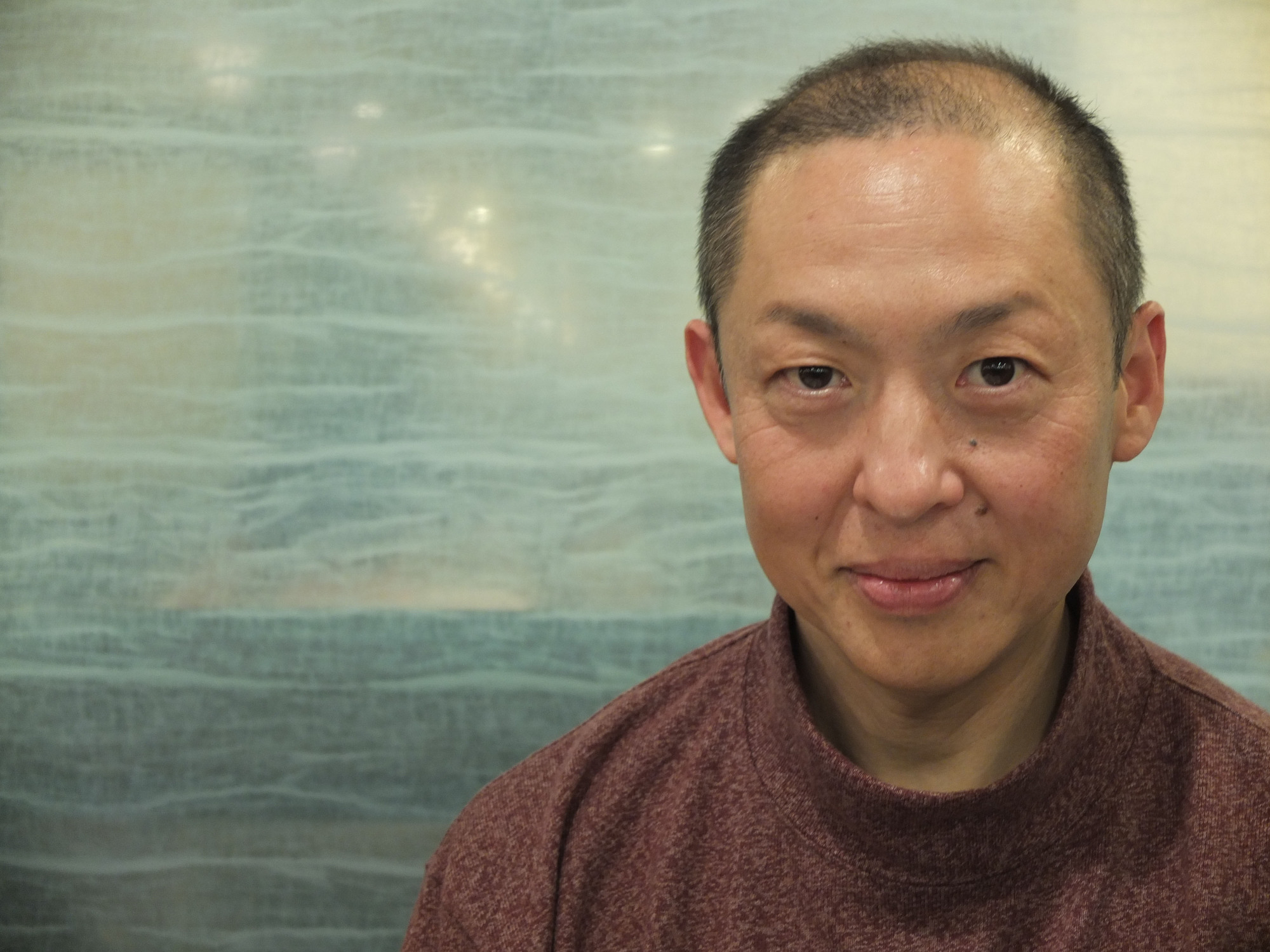Ko Ishikawa plays the sho, a bamboo free-reed mouth harp that first came to Japan from China in the Nara Period (710-794). Despite what you might expect, however, the way he plays the instrument isn't conventionally traditional.
The sho is used in gagaku, a style of court music that has not changed much since the Heian Period (794-1185) and is heavily influenced by Korean and Chinese music. Until the end of World War II, almost no one outside of the Japanese Imperial family had listened to gagaku. To this day, the Imperial Household Agency Orchestra remains traditional, hierarchical and primarily focused on private performances for religious rites and ceremonies in the current Imperial court.
Additionally, in order to be considered a fully fledged gagaku performer, aspiring musicians are required to learn all the instruments that are used to make it and memorize specific pieces. Ishikawa, whose abilities span many musical styles from traditional orchestral court music to contemporary classical music to improvisation, is part of a small group of musicians who have gone through extensive gagaku training yet choose to go beyond the confines of tradition in an effort to revitalize the genre.


















With your current subscription plan you can comment on stories. However, before writing your first comment, please create a display name in the Profile section of your subscriber account page.